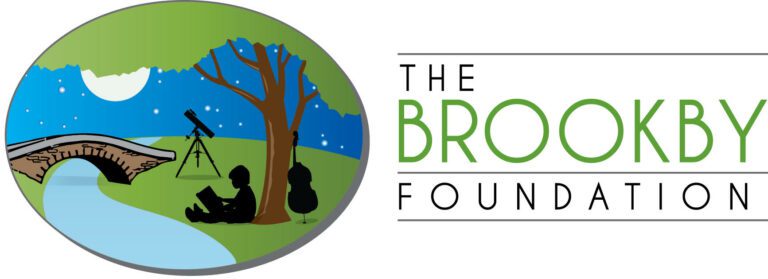Wetlands at Historic Barns Park
Wetlands, or areas that are regularly or periodically saturated with water, are essential parts of the Grand Traverse Bay Watershed. A watershed is an area of land where water is channeled from streams, rivers, lakes, and groundwater towards a common outlet.
Wetlands play a critical role in flood control, reducing pollution and erosion, and supporting fish and other wildlife. Whether they’re connected to the watershed via groundwater or because of their location in a floodplain, wetlands are a place where water can rest and release sediment and other pollutants on its journey towards the bay.
Thanks to wetlands, Grand Traverse has some of the highest water quality of all of the Great Lakes’ bays.
SEEDS Phytoremediation Project at Historic Barns Park
The white tubes you see are protecting 1000 precious trees & shrubs which will:
- Absorb chemicals and pollutants in stormwater, which improves soil and water quality. This is phytoremediation.
- Improve air quality through reforestation.
- Help prevent bully species from further invading park ecosystems.
These tubes will allow our tiny saplings to grow healthy and strong by inhibiting deer and other creatures from eating them during this important growth phase. This planting project is done in partnership with Conservation Resource Alliance’s Wild Roots Program through funding by the National Fish and Wildlife Foundation’s Sustain Our Great Lakes Program. It is part of a larger initiative of SEEDS to improve wetlands at Historic Barns Park and to provide education about the importance of wetlands in our region and across the Great Lakes.
To learn more about wetlands and watershed health please visit:
West Michigan Environmental Action Council – Explaining Stormwater Runoff
MSU Extension – A History of Wetlands in Michigan
The Watershed Center at Grand Traverse Bay – Kids Creek
USGS – Watersheds and Drainage Basins
Northwest Michigan Invasive Species Network – ID and Reporting Tools
Grand Traverse Regional Land Conservancy – Recreation Areas Around Grand Traverse Bay
Shiawassee National Wildlife Refuge – Wildlife and Habitat
Grass River Natural Area – Habitats and Natural Communities

Thanks to EcoBot for their help advising on this project!
A huge thank you to the Brookby Foundation and the Great Lakes Fisheries Trust for funding SEEDS’ wetland exhibits at Historic Barns Park!




